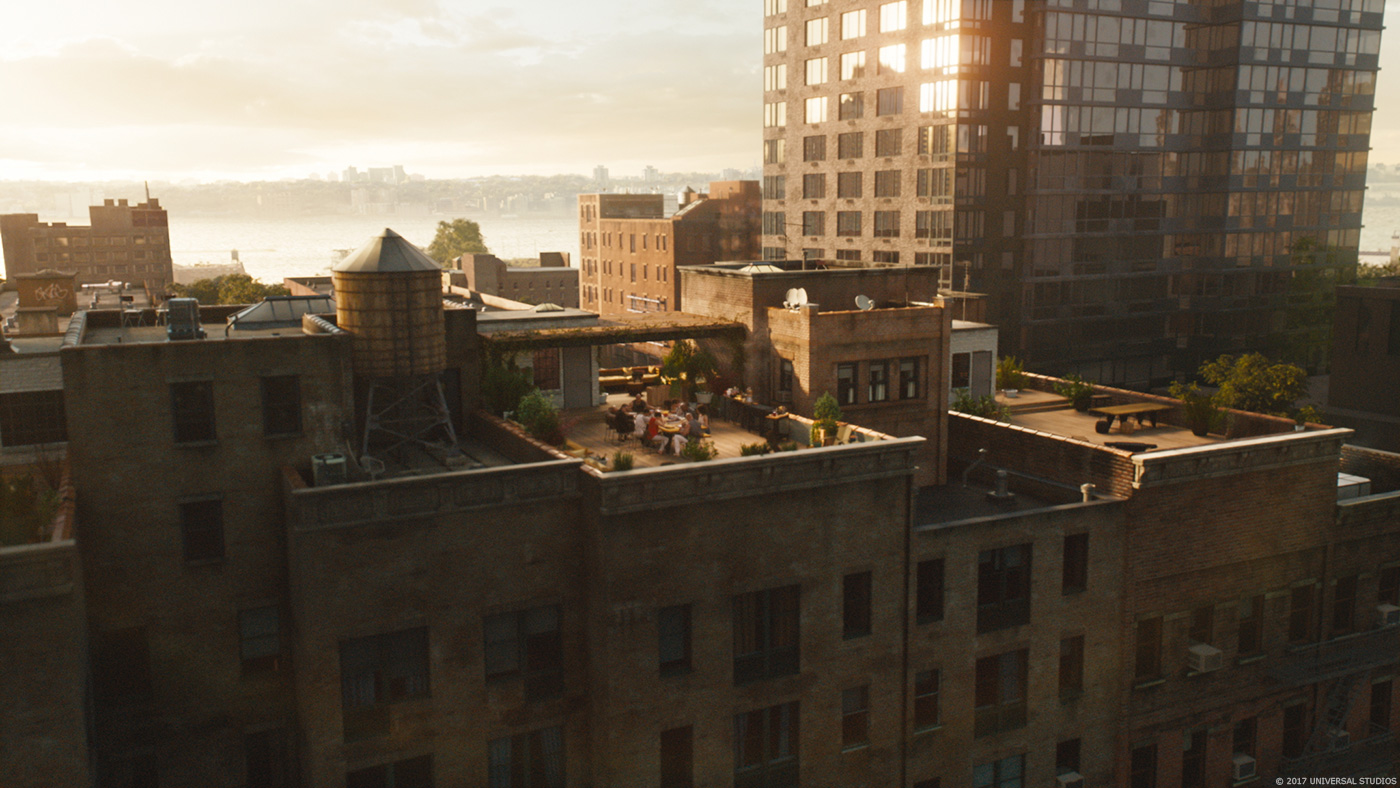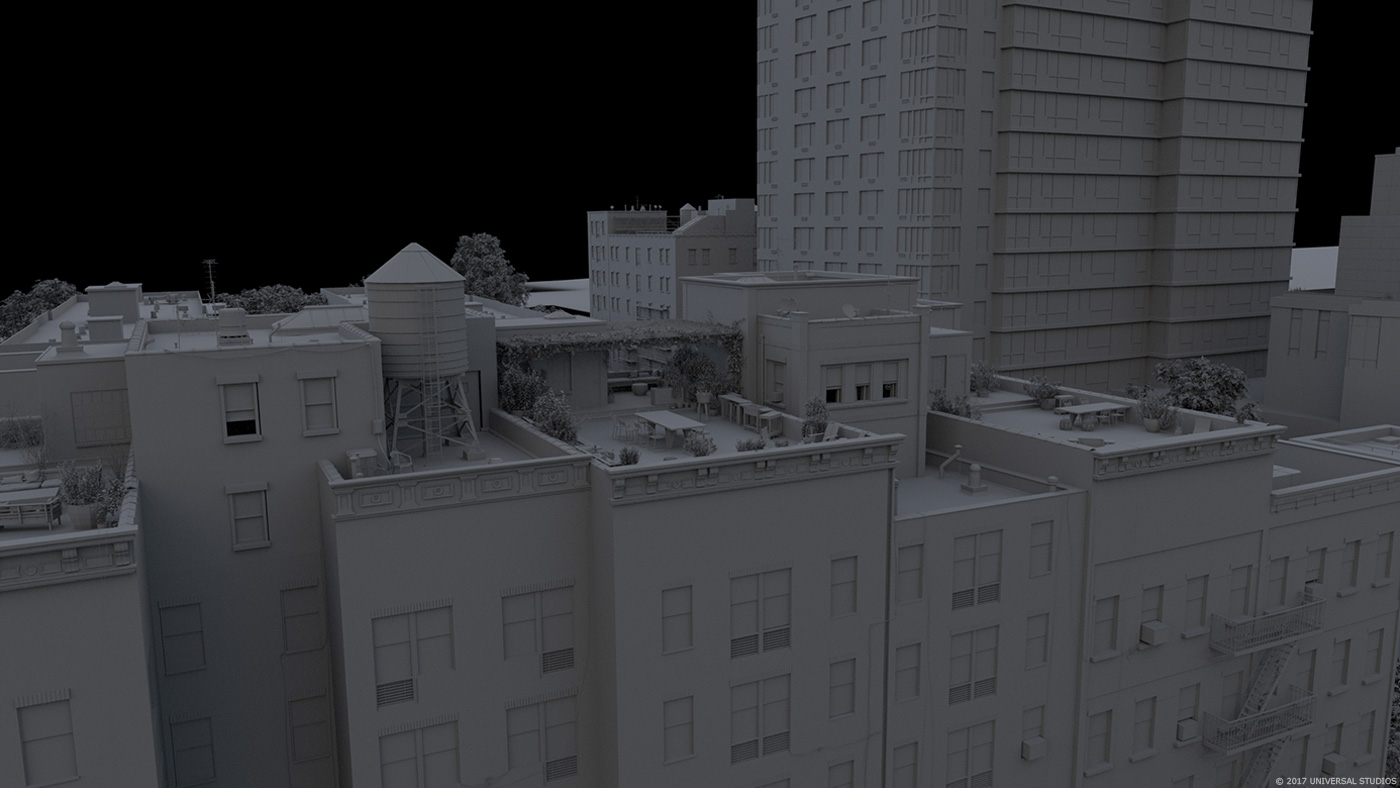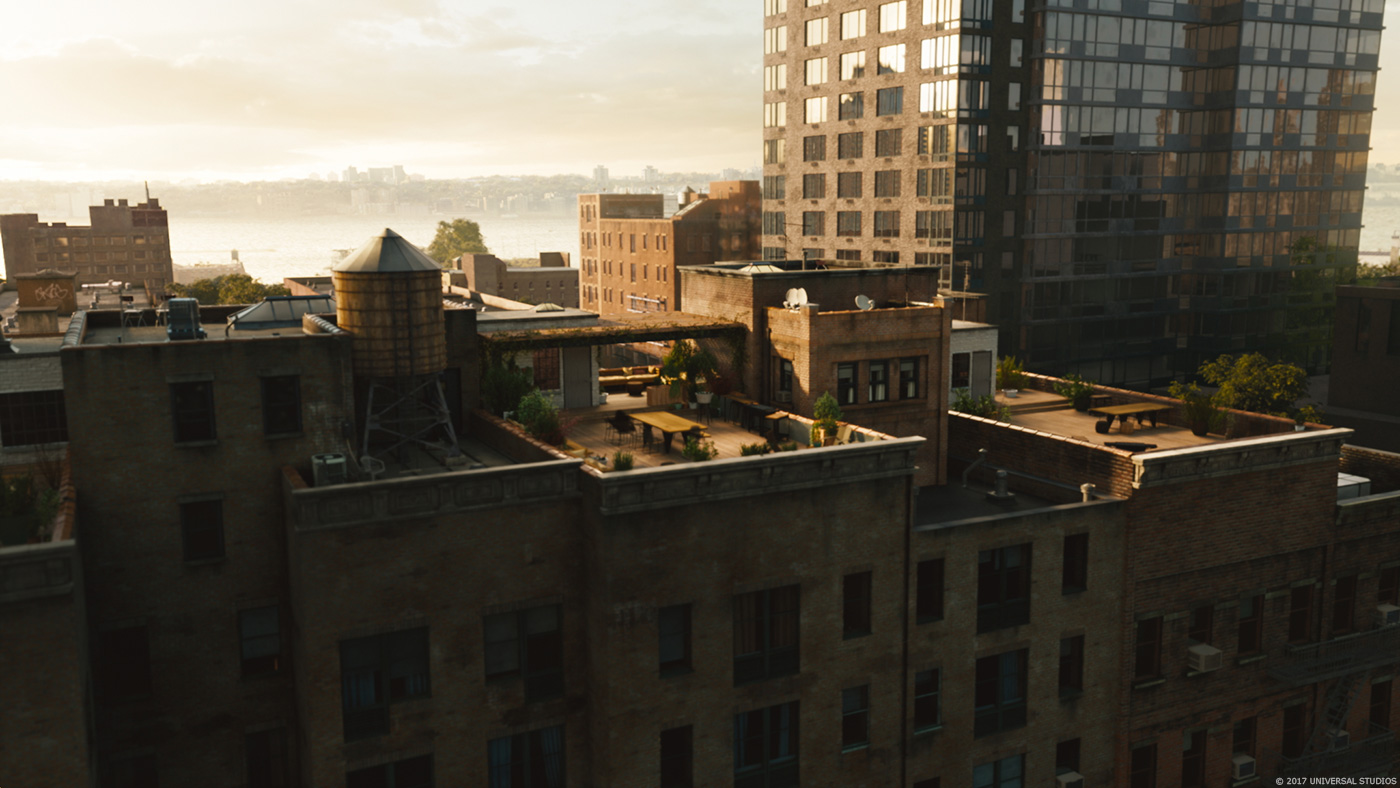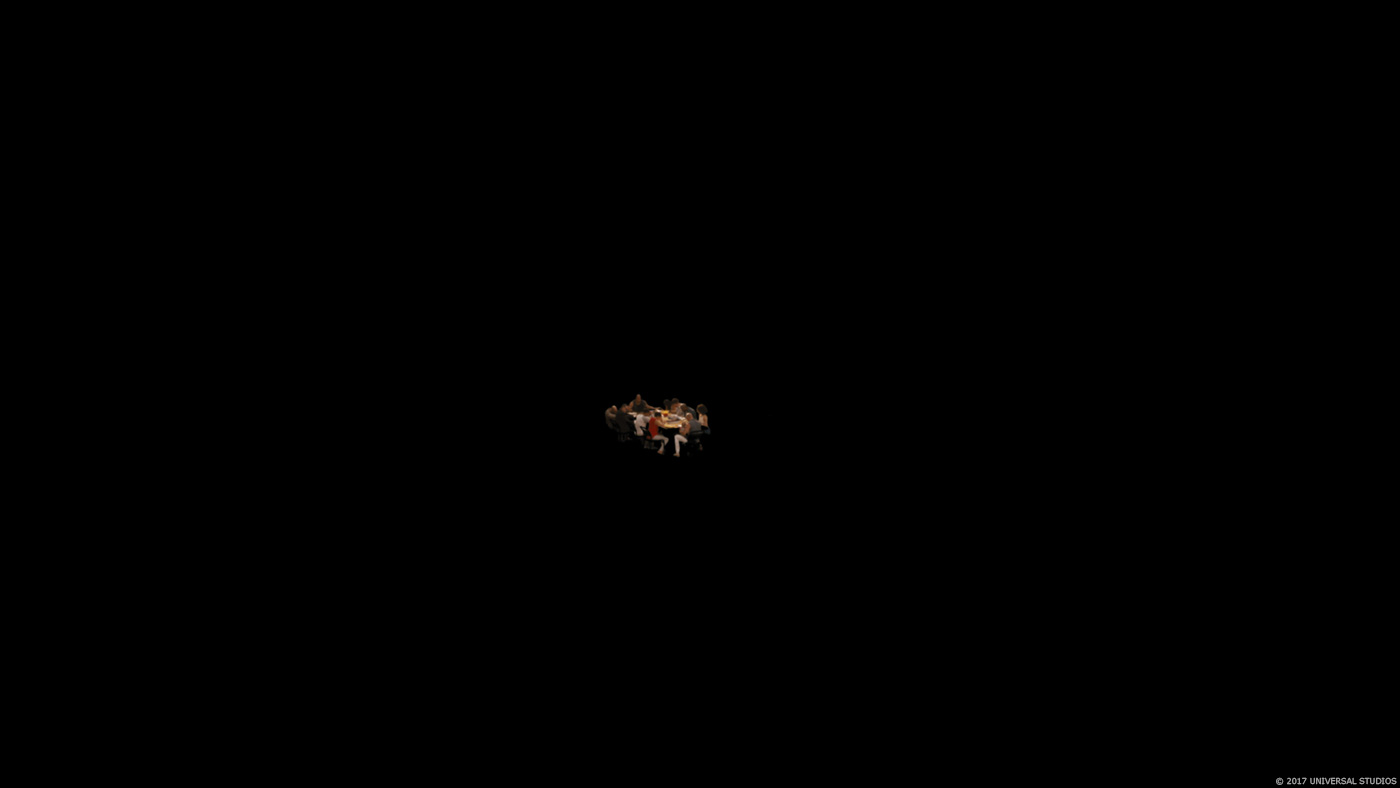Jonathan Weber began his career in the visual effects in 2007 by joining RISE. He works on numerous projects such as NINJA ASSASSIN, CLOUD ATLAS, CAPTAIN AMERICA: CIVIL WAR or THE MAN FROM U.N.C.L.E.. As VFX Supervisor, he took care of the effects of THE BOOK THIEF, BORGIA and THE FATE OF THE FURIOUS.
What is your background?
After an internship in Hamburg at Markenfilm and TVT Postproduktion in Berlin, I started working for the newly founded RISE as a compositor in 2007. The company steadily grew and so did my responsibility. I worked as a compositor, as a on-set supervisor, as a lead compositor as a comp supervisor and VFX supervisor. I really love the diversity of all the different tasks. Over the years I worked on a lot of different shows including THE BOOK THIEF, THE MAN FROM U.N.C.L.E., AVENGERS: AGE OF ULTRON, CAPTAIN AMERICA: CIVIL WAR, most of them as comp supervisor at RISE.
How did you and RISE got involved on this show?
Kelvin approached us and asked if we were interested to work on the film. He knew our THIS IS LOVE Car Crash Nuke tutorial from years back on YouTube (NDR: you can watch it here).
How was the collaboration with director F. Gary Gray and VFX Supervisors Michael J. Wassel and Kelvin McIlwain?
We joined the show pretty late so we jumped directly into the finalizing stage of the project. Michael J. Wassel and Kelvin McIlwain always fed us with precise feedback, so we were able to get to the desired look of the shots in the short amount of time we had available. They also sent a lot of useful reference pics, so it was quite easy to hit the right buttons on our side. It was pure pleasure working with both of them!
What are the sequences made by RISE?
We worked on the end sequence showing the main cast barbecuing on a New York rooftop at sunset, which was shot completely on set. That includes two establishing shots into the sequence and one massively long (700 frames) and complex shot in the very end leading to the end credits. All the establishing shots were a mixture of plate projection and 3D buildings, all the close up shots,were pretty much straight forward A over B blue screen comp. In addition to that, we had one stand-alone shot flying towards the a secret military facility at night.
How did you organize the work at RISE?
Rene Grasser was the VFX Producer on the show, Monique Pollähne our Coordination in Berlin and Helena Wegmann in Stuttgart, Daniel Rath the CG Supervisor and myself the VFX Supervisor. Due to the rather small project this fairly small team was able to tackle all the obstacles quickly and effectively. We had all the artists pretty much working in one room, which simplified the communication a lot. Furthermore we had some help from our studio in Stuttgart where two artists help with the modeling and shading of the CG terrace and another three artists assisted with some excellent comp work.
How did you manage to get the materials to recreate New York?
Production shot great backgrounds plates for pretty much all the A over B blue screen comps and a great helicopter background plate for the big establishing shots at the beginning and the end of the sequence. Additionally, we used Google maps and Bing maps as a reference for distances and the looks of certain buildings that we had to reproduce.
What was your approach to create New York?
We used the matchmove from the helicopter plates for the general layout of the scene, blocking out some rough geometry and tried to re-project as much as possible from the helicopter plate to have a good starting point. Due to some changes of the original on-set crane move, we knew quite soon that we had to build all of the terrace with the hero cast as CG elements. We populated the streets with cars and people from our CG library and added some Speedtree plants into the environment to give it some life. After the new CG camera was approved we started with some rough renderings and some first comp steps to figure out where the tricky parts would be. From there on it was only refining and adding more and more detail. Of course, we always had the best possible reference at hand with looking at the helicopter plate they shot for this sequence. There is nothing more helpful than real world footage in order make the shot believable.
What was the real size of the set for the roof top sequence?
The set includes the terrace plus the set buildings to the left and right, including a water tower without the roof and the terrace next just right of the main terrace one. With its 25 meters in width a pretty massive set.
Did you received specific indications and references for New York?
Due to the extreme sunset light situation we had to deal with, we looked a lot at all kinds of photographic reference showing New York at magic hour. Luckily, New York is probably the most photographed city in the world, so it wasn’t to hard to find lots and lots of references. The placing and looks of the surrounding buildings where pretty much fixed, because F.Gary Gray wanted them as close as possible to the real world buildings.
How did you handle the lighting challenges?
The lighting situation was the trickiest challenge we had to accomplish. Starting and ending with the real background plates as our hero plates, we hadn’t had too much freedom of where to go with all of the shots in-between these establishing shots lighting-wise. Michael J. Wassel and Kelvin McIlwain were of great help here, going back and forth with the editorial and grading department and helping to bring the shots together.
Can you tell us more about the render aspect?
Rendering the hero shot was the only real challenge for our pipeline, because of its 700 frames length and many different elements like buildings, trees, people and cars. To be able to quickly respond to feedback changes, we decided to render most of the buildings separately. The hero building with its final settings took around 12h per frame to render with Mantra. All in all, the pipeline did a great job on the project, thanks to the IT guys!
What is your best memory on this show?
Realizing that we nailed the final establishing shot with very few comments from the director and VFX Supervisors side made me very, very happy!
How long have you worked on this show?
Two and a half months.
What’s your VFX shots count?
Around 50 shots.
What was the size of your team?
Around 20 artists.
What is your next project?
The next one for me is Marvel´s BLACK PANTHER.
What are the four movies that gave you the passion for cinema?
JURASSIC PARK / TERMINATOR 2 / BLADE RUNNER / STAR WARS, the usual sci-fi geeky stuff. Kind of a tedious list, but they´re simply the best.
A big thanks for your time.
// WANT TO KNOW MORE?
RISE: Official website of RISE.
© Vincent Frei – The Art of VFX – 2017











